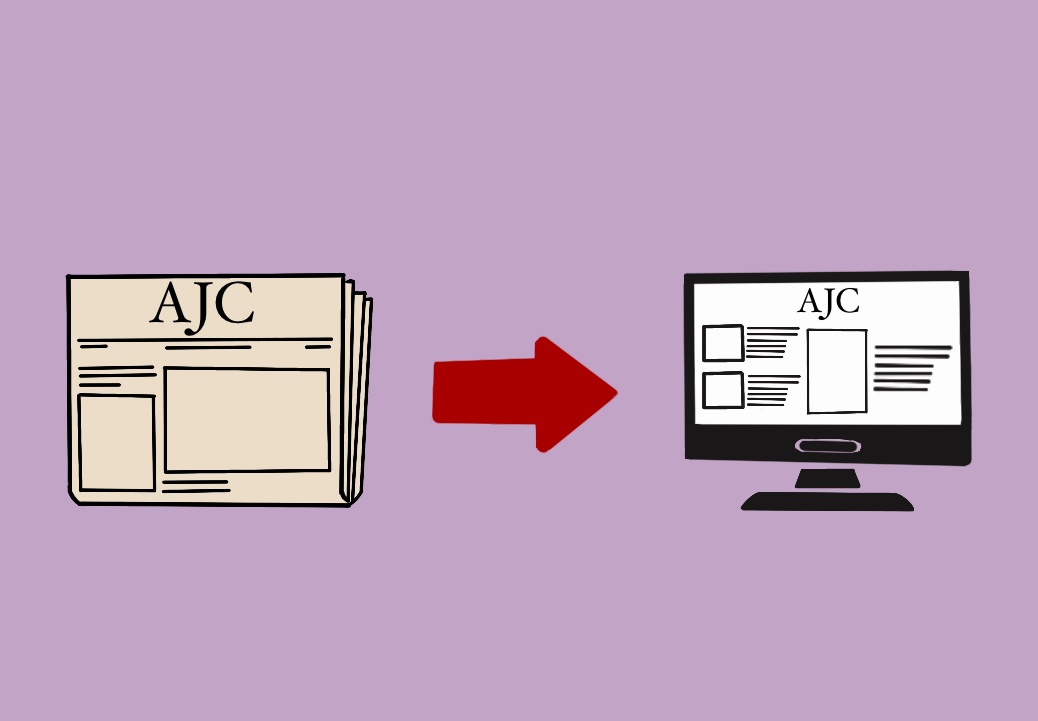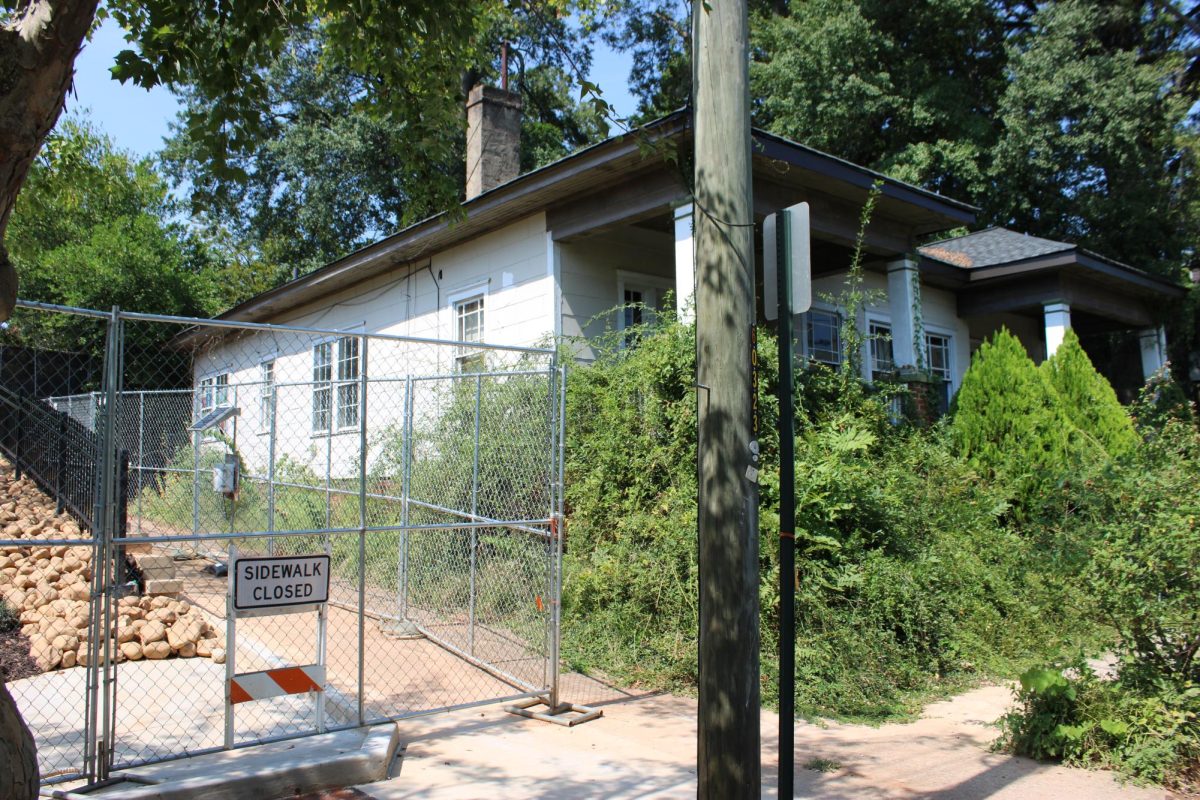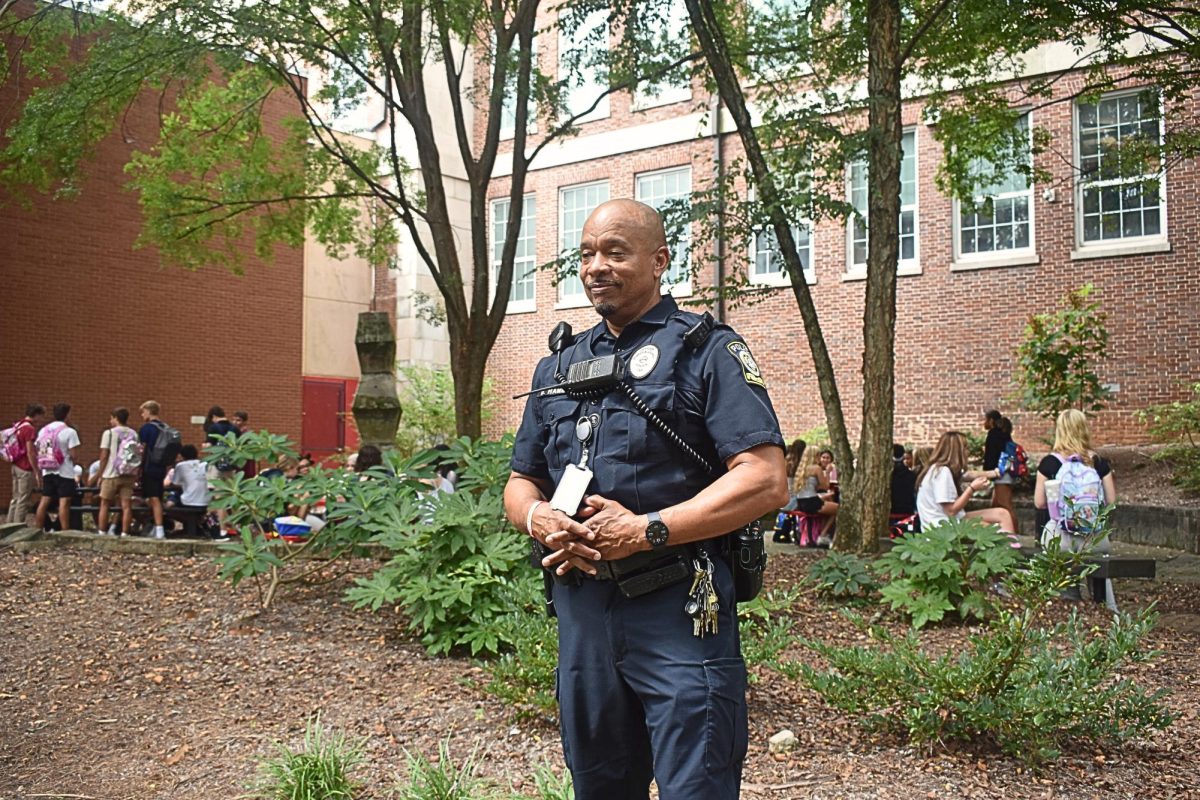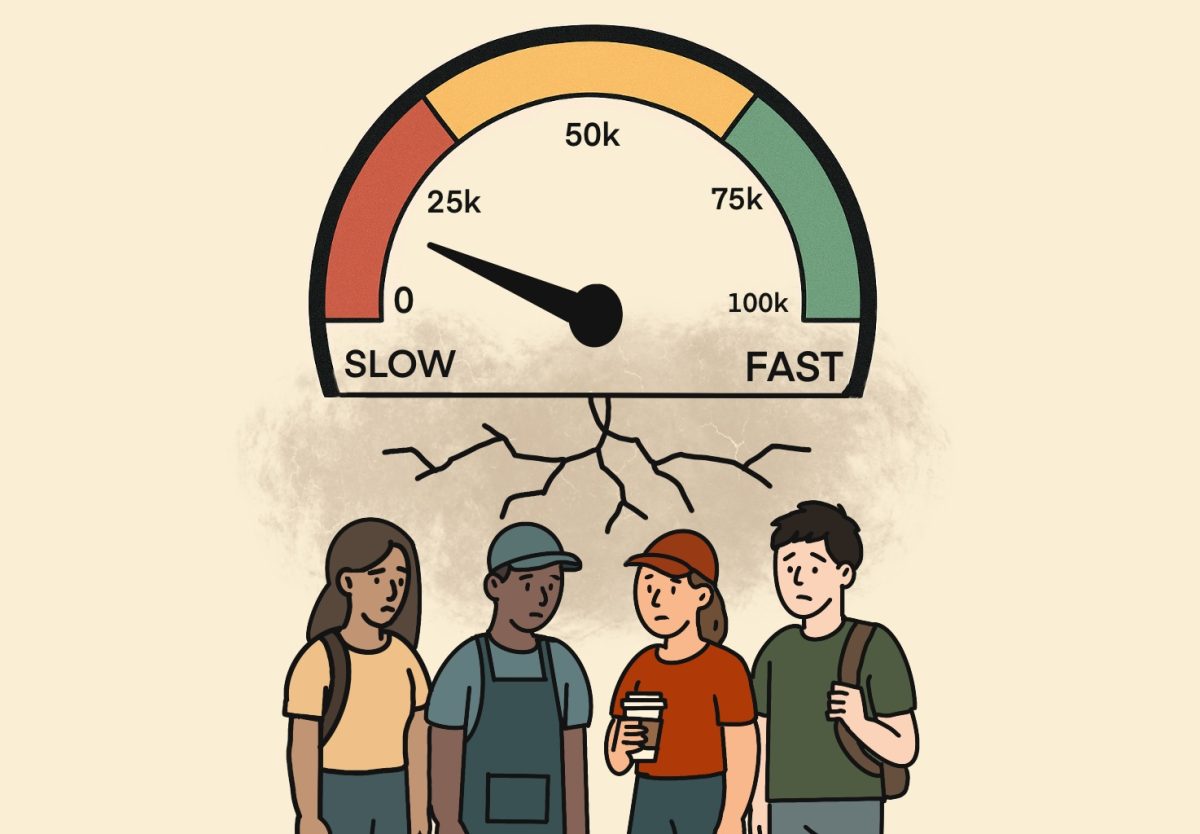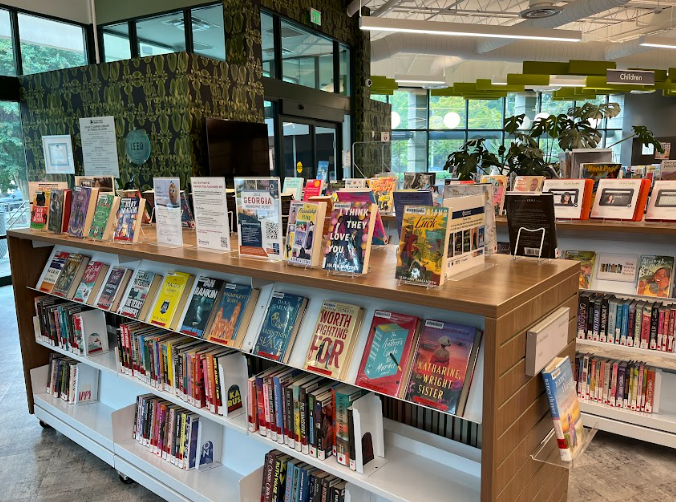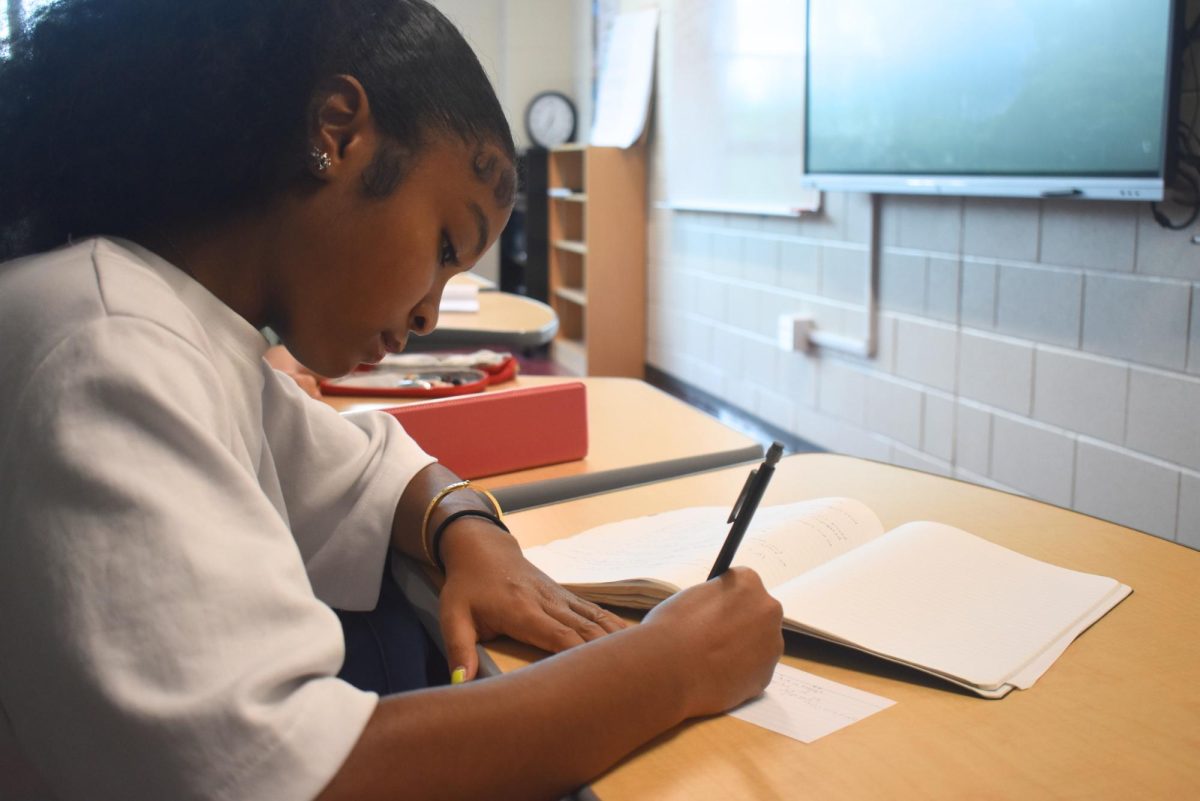On Jan. 5, all 6,600 APS employees gathered in the Georgia Tech Hank McCamish Pavilion for an all-staff professional work day. Assisted by PowerPoints and eager administrators, Superintendent Meria Carstarphen announced her vision for a new era in APS based on strengths.
The APS 2015-2020 strategic plan, titled “Strong Students, Strong Schools, Strong Staff, Strong System,” outlines a shift in the district’s approach to attain educational success by focusing on employees’ strengths. This new approach relies on the use of a $300,000 professional development system, called Gallup StrengthsFinder. The program identifies teachers’ personal strengths and disseminates strategies for acting on those strengths. Carstarphen and other proponents of the StrengthsFinder model think the system will bolster student success by fostering teacher engagement.
“StrengthsFinder changes the conversation,” said Raynise Smith, APS director of professional learning. “Instead of just focusing on [weaknesses], we focus on what we are doing right.”
Other employees, like literature teacher Nalin Needham, were hesitant to wholeheartedly support a program that seems to them to be more suited to a corporation than a school system.
“To me, it ultimately just seemed like a marketing gimmick for the superintendent to brand her administration,” Needham said.
Carstarphen laid the foundation for a strengths-oriented approach when she sought approval from the APS extended cabinet in the fall to use StrengthsFinder. Smith said the approval of the extended cabinet, which includes the majority of administrators within APS, was imperative to Carstarphen.
“She did not want to do something employees were not willing to commit to,” Smith said
With the cabinet’s approval, Gallup selected 20 “strength coaches” in November from within APS to provide professional development and support based upon the StrengthsFinder model. Gallup trained the strengths coaches in December.
APS employees were required to complete an online questionnaire, called the StrengthsFinder, to identify their top five strengths. There are 34 possible strengths, or talent themes, ranging from “achiever,” a need for achievement, to “woo,” a desire to win others over. All employees also received a StrengthsFinder book, published by Gallup, which included information on each “signature strength.”
According to Kristen Gregory, a senior education consultant at Gallup, Carstarphen also used StrengthsFinders in Austin to improve culture, although on a more limited scale. Various school districts around the nation use StrengthsFinder in an attempt to increase teacher engagement to encourage student engagement.
“Engagement is the bread and butter of education,” Gregory said.
According to the 2013 Gallup Student Poll, student engagement declines to 44 percent in high school. Each grade becomes progressively more difficult to teach because students become less engaged in classroom activities.
“Having teachers understand themselves fights that trend,” Gregory said.
Needham said StrengthsFinder will not have a significant impact of the classroom largely because it attempts to reduce teachers to just five strengths.
“It doesn’t take into account the whole teacher and by extension the whole student,” Needham said.
Gregory said other professional development programs lose sight of the importance of emotion which is integral to successfully building engagement. According to Gregory, StrengthsFinder is more than just a program.
“This is a lens and way of being,” Gregory said, “The being drives the feeling.”
According to White, StrengthsFinder gives teachers a foundation to pursue action that pushes APS forward. Recognition of teacher’s own strengths allows teachers to remain cognizant of what they are best at doing.
“Only by being happy and whole as individuals can we contribute to the greater good,” said David White, a strengths coach and assistant superintendent of elementary schools.
Smith noticed the personalization of StrengthsFinders. Whereas other programs stress group action, StrengthsFinder works to identify an individual’s natural strengths.
“I have been in APS since 2008, and I haven’t had the opportunity to participate in professional learning that focuses on who I am as a person,” Smith said.
Strength coaches enable teachers and other employees to act on their own strengths for the success of the wider organizational.
“How do we take those things [employees offer] … and how do we now put those things into place for your personal growth and for the continued goal of moving the organization forward,” Smith said.
White said he is beginning to see greater use of the Strengths language, especially during staff meetings.
“In meetings, members of the team will identify or self-signal when they observe a strength of their own coming into play,” White said.
Smith noted changes at meetings based on team members’ strengths. With knowledge of each other’s strengths, they can organize work more efficiently.
“Because I know my strengths and I have learned the strengths of people on my team, I am able to plug them into things that work better for them,” Smith said.
Gregory said school leadership will determine whether or not StrengthsFinder will improve student’s education. Principals set the tone for the use of the StrengthsFinder model and their actions create a precedent for other employees.
Within APS and Grady, teachers include their signature strengths at the footer of their email. Principal Timothy Guiney said the district requested teachers include their signature strengths to promote conversation and recognition of employee talents.
Thus far, however, social studies teacher Sara Looman and literature teacher Nalin Needham have not noticed an impact on their teaching or day to day classroom activities. Needham also said that he hopes StrengthsFinder is not integrated into conversations.
“I do find it a bit ridiculous to reduce a person down to five core attributes,” Needham said, “I think that we all have strengths and weakness that honestly vary day to day.”
Other schools, such as Fickett Elementary, required teachers to post their signature strengths outside of their classrooms.
While administrators seem to categorically support StrengthsFinder, some employees remain skeptical of its cost and potential use. Looman initially worried about the confidentiality of her information and completed her survey some time after other Grady employees.
“It had the impression of being invasive and not being related to how I evaluate myself in the classroom,” Looman said.
Needham and said the survey and information provided in the book were too general to change teacher activity. He compared the language in the StrengthsFinder book to the language used by mediums to convince an audience they have supernatural abilities.
“If you say things in a general enough way you put yourself into that, so then it seems like its very accurate,” Needham said.
For Needham this means StrengthsFinder “is not something that is applicable around the clock or in any situation.”
Looman also said it was absurd to spend $300,000 on professional development when the sum could be put towards teaching materials and student resources.
“I don’t know many teachers who didn’t point [the cost of the StrengthsFinder book] out,” Looman said.
Nalin Needham said he noticed the price of the book and the accompanying expense of the all-staff work day at Georgia Tech.
“All that seemed like a huge waste of money when we could use that money instead for actual classroom books and supplies,” Needham said, “Things like that I think personally make a much larger difference on students everyday experiences here.”
Looman noted that after she did her own research, StrengthsFinder “didn’t seem very threatening,” but that she still considered it slightly misguided.
“We have this idea that if it’s not a new program somehow we are not doing something,” Looman said. “We have plenty of tools [to evaluate teachers]; we don’t have enough time to reflect on those tools.”
According to Needham, a more limited strengths based approach to education may alleviate unintentional discrimination. Instead of removing students from programs because of their deficits, educators should encourage students to learn new skills and evolve with their strengths as a springboard.
“The deficit model, which highlights things people can’t do, has been used in nefarious ways to keep traditionally underrepresented groups out of things like gifted programs,” Needham said.
Needham said that while a deficit mindset was bad, he remained leery of StrengthsFinder because it puts too much faith in focusing on strengths. When applied to the educational system and when pushed to the extreme, Needham said, StrengthsFinders allows student deficits to go unnoticed and unrectified.
“You don’t learn except by failing, so while it is good to play to your strengths, know what you do well so that you can figure out where you might succeed, it’s also important to challenge yourself and be very aware of what you don’t do well,” Needham said.
Looman said she has not noticed efficiency increases or more strengths discussion, but she is hesitant to discount the strengths model. According to Looman, StrengthsFinder carries the potential to challenge the perception of top-down decision making within APS by noting the strengths of individual employees.
“I have great respect for efforts to transform the culture … in an organization,” Looman said.
Smith said StrengthsFinder will allow teachers to see that APS cares about its employees and is invested in their work.
“When people know [APS] is invested in who they are they become more engaged,” Smith said.

